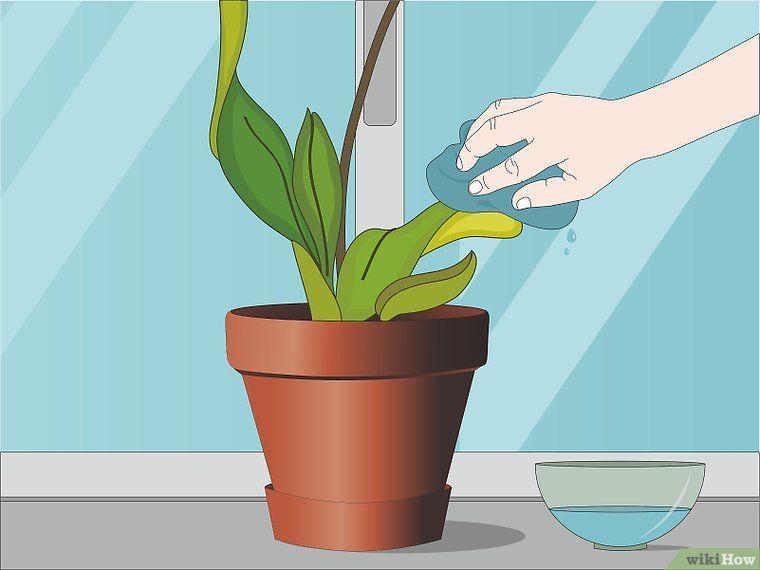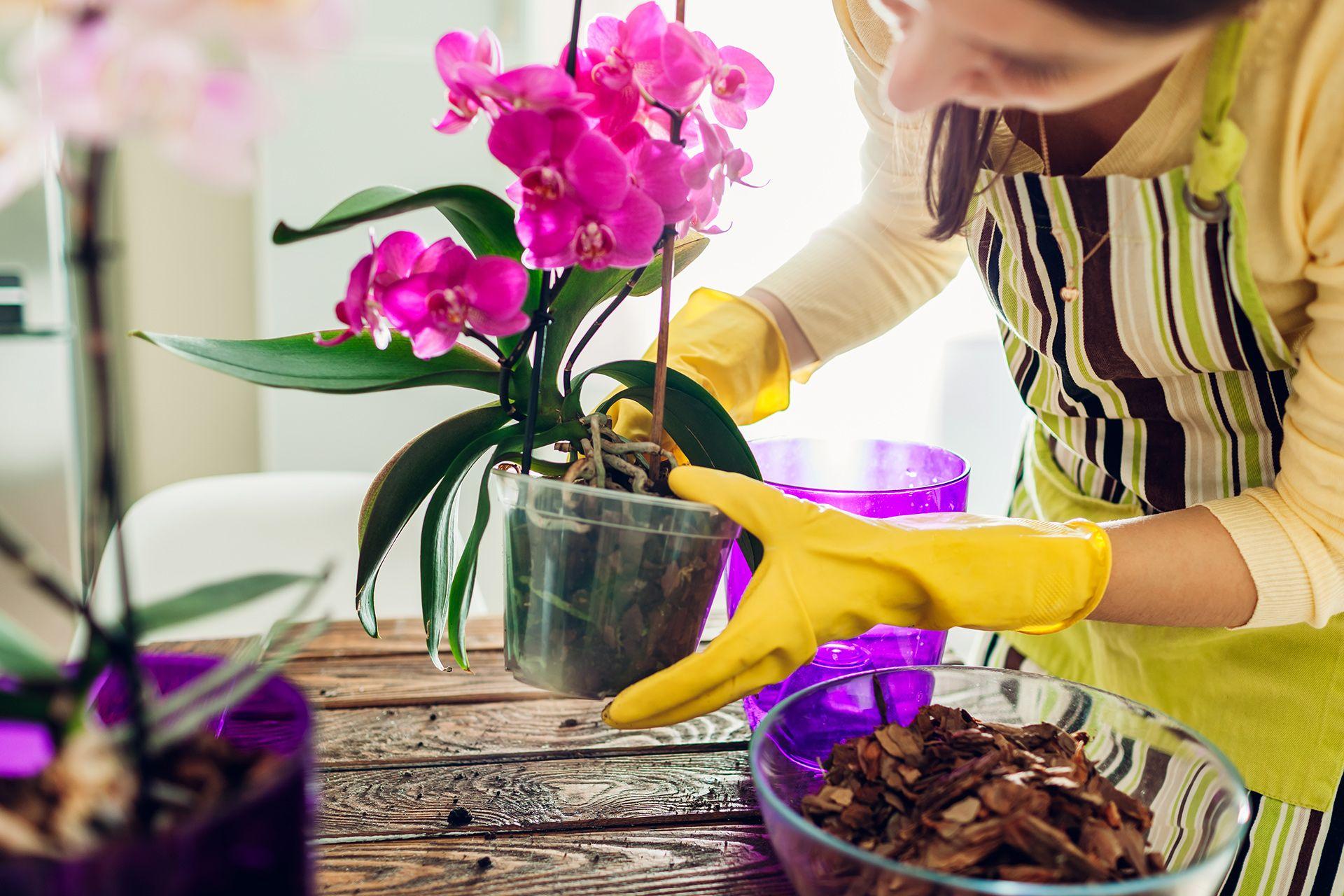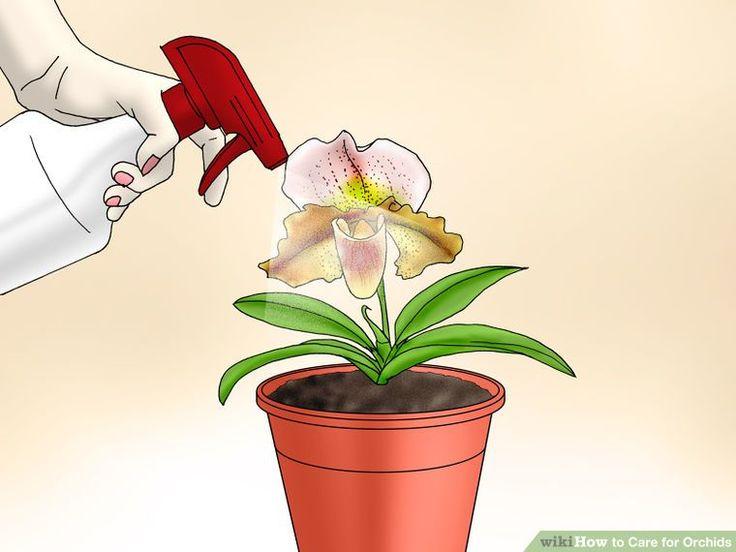Orchids are a stunning flowering plant that can add beauty and tranquility to your home. However, they require some basic care tips in order to maintain their stunning blooms.
To properly care for your orchid, the first step is providing them with enough light. At least a few hours of indirect sunlight each day are ideal.
What to pay attention to in orchid care
1. Light
Orchids are low maintenance indoor plants that add a vibrant splash of color when in bloom. Unfortunately, their sensitivity to light makes them somewhat challenging to care for.
Orchid flowers require bright, indirect light to bloom; however, direct sun can damage them if left exposed for too long. Place your orchid in a north or east-facing window with a sheer curtain for filtering the light.
As a general guideline, water your orchid when the top half inch of potting soil or moss is dry. If in doubt, press your finger into the mix to see if it’s moist.

Orchids require a period of rest, usually during wintertime, to strengthen their roots and store energy for future growth. This period is known as dormancy and it can last anywhere from several weeks to months depending on the species.
2. Water
Watering an orchid is one of the most challenging aspects of orchid care to get just right. The amount of water needed depends on your species, the potting mix used and where it will grow.
The amount of water an orchid needs varies seasonally, as they tend to dry out more in hot weather than cold. Therefore, it’s best to water only when necessary–not every day.

Unfortunately, there are a few telltale signs that your plant is thirsty. Phalaenopsis orchids will start to wrinkle at the tips if they’re dry; similarly, Cattleyas have flower sheaths which may brown and shrivel during cold weather.
3. Feed
Wild orchids typically grow on trees or other hosts, where they derive their nutrients from natural sources like organic matter decaying in tree crooks and rainwater seeping into their roots. Cultivated orchids cannot access this natural nutrition so they require fertilizers for healthy growth and flourishing.
For orchids, the ideal fertilizer should contain Nitrogen, Potassium and Phosphorus. These three minerals encourage strong growth and help the flowers bloom.
Fertilizer is an essential element of orchid care and should be part of your regular gardening schedule. The best way to determine what your plants require is to observe closely and customize a feeding schedule according to each plant’s growing season.

4. Temperature
When cultivating orchid flowers, temperature ranges are essential. Warm-growing varieties require a daytime temperature of at least 72 degrees Fahrenheit; intermediate or cool varieties do best with temperatures ranging from 60 to 70 degrees F during the day and 55-65 degrees Fahrenheit at night.
The temperature of your home can also impact the success of your orchids. While many people prefer consistent temperatures for houseplants, many orchids are naturally adapted to seasonal changes.
If your house isn’t used to cold weather, try these simple tricks for helping your orchids adjust. For instance, temporarily covering them with plastic sheets or bedsheets can create a microclimate closer to their natural temperatures.
